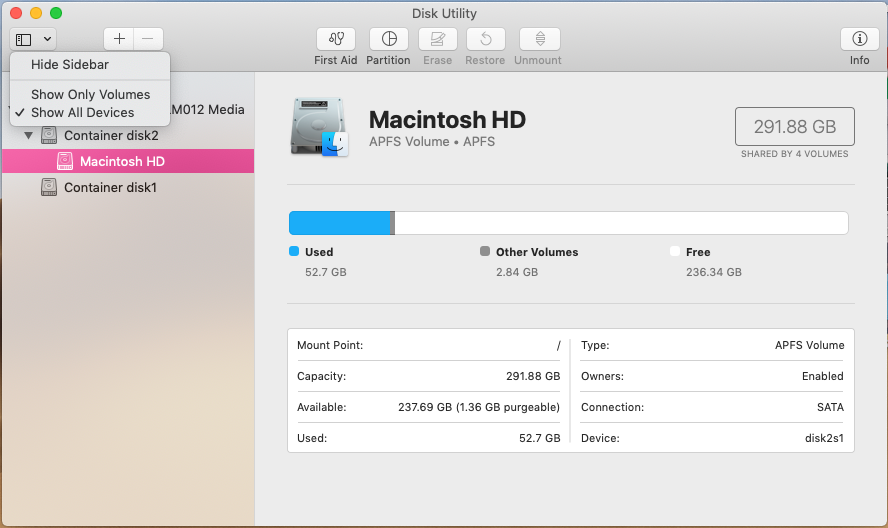

Four hiring challenges and opportunities facing Indian companies today
How organizations in India can hire better and smarter
At Shortlist, I’ve had the chance to get to know dozens of fast-growing companies in India spanning sector and stage - from six-person startups to a multinational advisory firms - and learn what’s working for them, what’s not, and what hiring challenges they are facing on a day to day basis.
The sheer scale of India’s market is overwhelming. Not only is there a staggering one million people coming into the job market every month, but there is also a lot of turnover - according to LinkedIn, India has the highest percentage of the workforce that is “actively seeking a new job.” Clearly this is an extremely liquid, massive market – but one that also has many frustrating inefficiencies.

These are the top four challenges that I’ve seen companies face when it comes to hiring. If these issues go unaddressed, they could seriously impact economic growth in India. But with every challenge comes an opportunity for improvement, so I’ve also included some potential ways that we can shift our thinking and practices to address these challenges head on.
Challenge #1: Separating serious candidates from the pack
In April, with the new financial year, professional across India gear up for the bonus and increment. Many professionals apply for as many jobs as possible leading up to their review, hoping to get an offer with even a marginally higher salary that they can leverage during negotiations with their current employer. It’s not hard to take this “spray and pray” approach, given that applying to a job typically entails nothing more than uploading your CV to a job board post, hoping that some employer somewhere will see it.
This system is detrimental to hiring practices in India for two reasons. First, it makes it nearly impossible for hiring managers to discern which applicants are genuinely interested in the role, and which have no intention of accepting an offer. It ultimately slows down the entire hiring process and leads to a whole lot of frustration for growing companies.
It also changes the mindset of recruiters. With the assumption that a candidate may not even interested in the job, recruiters find it hard to invest the time in reviewing each application thoroughly, let alone give a thoughtful response to each applicant. This perpetuates a vicious cycle: Candidates are used to employers not responding, so they do the only rational thing and apply everywhere they possibly can.
The opportunity: To separate serious candidates from the pack (or in this case, stack - of CVs), use applications that force candidates to have skin in the game. If a candidate is genuinely interested, they will invest the time to write a cover letter or complete a case study. Assessments like this not only weed out the applicants who aren’t truly interested, but are also much better indicators of ability and fit than a CV alone.
Many top corporates have built their own application portals with a structured system of qualification rounds. Companies like Belong, Shortlist and Entelo (in the US) are using social media and other data streams to identify and engage “passive” candidates. Those who engage back consistently and proactively, particularly through multiple rounds of assessments, are most likely to convert into employees.
Challenge #2: Making sense of candidate CVsThere is no standard CV in India. Instead, when reviewing CVs for one job you’ll see everything from a Western-style, one page, achievement-based resume to 20 to 30 pages of everything a candidate has ever done – including primary school achievements! Partly as a consequence of the high volumes of applicants for any opening, candidates will often stuff their CV with as many keywords and buzzwords as possible in hopes of being picked out of a database or catching the eye of a recruiter.
What’s more, many people don’t even write their own CV - there’s a whole business for this here in India! You can walk into any internet cafe in Bombay, give someone your qualifications and target sector and they’ll whip a CV for you. This practice makes it really hard for any differentiating details or personality to shine through on the page.
The opportunity: It’s no wonder that we think the CV is dead! Unfortunately, asking a workforce of 100 million professionals to reformat their CVs will be really tough. But what companies can do is stop relying on CVs in their own hiring processes. Instead, decide on the mandatory qualifications and core competencies that are absolutely necessary for success on the job, and use a standardized method to screen based on these factors.
Challenge #3: Knowing that candidates can do the job before you hire them
Most of the hiring happening in India is experience-based recruiting (“Does the candidate have at least two years’ experience in solar industry?”) rather than competency-based recruitment (“Can the candidate perform the tasks that the job entails?”). Sure, sometimes past experience indicates that you’d be great at a job, but you might be surprised to learn how often it doesn’t match up.
We saw this firsthand during a partnership with an international management consulting company. They were working with a number of recruiters, and as expected, some of the candidates that went through the Shortlist process were also brought to the client by other recruiters. Many of the candidates who had impressive experience were being advanced by the other recruiters, but when they took the Shortlist assessments they didn’t perform as well as others did. Ultimately, we were able to recommend a number of candidates who were hired – but on the basis of how they performed on our suite of assessments that measure demonstrated skill, not just where they went to school or worked.
The opportunity: Lazlo Bock, former Head of People Operation at Google, uses research to show that the single biggest predictor of an employee’s performance in the workplace is the “work sample.” This is to say – the best way to see if someone will be good at the job, is to see them actually do the job!
Sounds obvious, but it’s surprising how often an unstructured 30 minute “chat” with a candidate substitutes for a rigorous technical and capability assessment. Don’t you want your PR Manager to be able to write a good press release? Shouldn’t your Category Manager know how to create a demand forecast? Should you be waiting until the interview to find out?
Competency assessments including case studies or work simulations will increase the likelihood of hiring talent who will be high performers on the job. At my previous role as an Investment Officer at a financial technology venture fund of Accion International, we gave every single applicant a case study before the interview. If they couldn’t write an intelligent analysis comparing a handful of investment opportunities, there was no point in an interview. Today, companies like Mettl and Jombay are helping companies add more objective assessments to the hiring process to increase their hiring efficiency and success rate.
Challenge #4: Willingness to invest in talent and finding the right recruitment partners
This last challenge will be the hardest to tackle, but I think will result in the greatest change for Indian companies in the long run. Across the board, there is a mindset that talent is an afterthought, that hiring is a mere necessity of running a business, not the core of what makes its successful.
One way this manifests itself in outsourcing to any external recruiter who can fill an empty seat as quickly as possible. There are over 20,000 “mom and pop” recruitment agencies in Mumbai alone. The cut-throat commission-based model these agencies work on – one months’ salary if you successfully place someone – creates terrible incentives. Recruiters tend to send their clients the highest priced candidates for a role, not necessarily the ones who are the best fit for a role.
The opportunity: As with any fragmented market, technology and business model innovation will play a big role in consolidating the long-tail of sub-scale recruiters.
In the meantime, we hope that all companies will take a thoughtful approach to their hiring. Carefully consider the mix of processes you build in-house, the human resources you deploy, and the technology and trusted recruiters you bring on. Your in-house team shouldn’t be manually reviewing thousands of resumes – it’s 2017! Plan your hiring in advance – don’t start searching today for someone you needed yesterday. Think about how to incorporate assessments, work samples, and on-site interviews into your process.
And always remember – the lowest cost solution is often not the best choice. Shortlist estimates that closing a mid-level hire can take as many as 70 hours and cost as much as 2.5 lakhs (USD 3,700) in time and fees – and if you make a rushed or sub-optimal choice – you might find yourself having to start over.
We’ve had the privilege of working with dozens of clients who truly value talent. And you can see how it pays off – not just in their awesome team culture and employee retention rates, but also for their bottom line. I hope that more companies in India will turn these hiring challenges into opportunities and enjoy the same benefits for their growing businesses.





